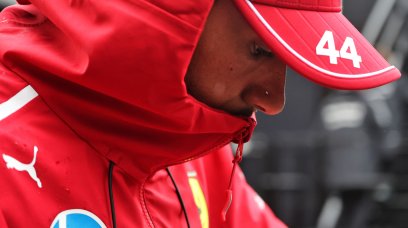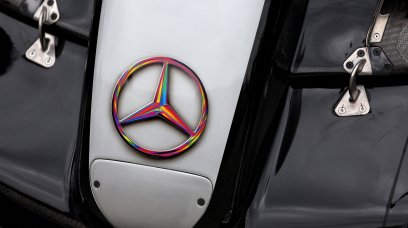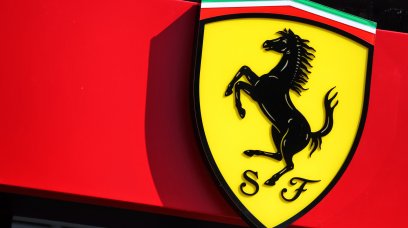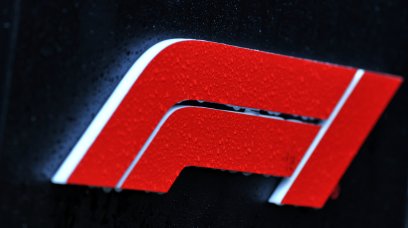The Abu Dhabi Grand Prix will have a different complexion this year, as the Yas Marina Circuit has undergone some drastic changes to its layout for the first time since the venue was introduced to the F1 calendar in 2009. Over the course of the past six months, circuit designers Dromo worked on reprofiling, restructuring and resurfacing several of the corners that make up the track layout. Under the watchful eye of circuit designer Jarno Zaffelli, the track has been shortened slightly to 5.28 kilometres and the number of corners reduced from 21 to 16.
So what's changed?
Zaffelli explained the thinking behind the changes, saying that the main focus has been aimed at increasing the excitement without any compromises on safety. "The old Turns 5-6-7 are now unified in the new Turn 5, which is faster than before and, consequently, we have a greater overtaking opportunity," Zaffelli explained to media. "The old Turns 12-13-14-15 become the new T9. Lighter braking at Turn 9 into a slightly banked circular corner will bring the drivers to stronger braking at T11 with another overtaking opportunity. "The corners under the hotel (the old Turns 17-18-19-20) become the new and faster Turns 12-13-14-15." The designer went on to say that there are now four key braking points around the lap and that the off-camber corners late in the lap have been reprofiled to add positive camber. "[The] key braking points are at Turn 5 (which reunifies the old Turns 5-6-7), Turn 6 (the old Turn 8), Turn 12 (the old Turn 17), and then the last corner, Turn 16 (the old Turn 21)," he continued. "With the latest modifications, the off-camber turns, like the 11-12-13-14, have been eliminated. The corners have now a 5% banking that will allow the cars to tackle the next corner at a higher speed."
A new challenge
Zaffelli pointed out that the logistical challenges behind making changes to an existing track are somewhat more complicated than creating a new circuit from scratch, particularly at Yas Marina. This is because it is built on reclaimed land. With the project complete, the teams and drivers now have to adjust to what is essentially a very different track compared to last season, due to the changed speeds. "The changes to the track, which have been designed to provide more overtaking opportunities, will increase speeds and loads through some corners," Zaffelli said. "For the drivers, but also for Pirelli, it will be important to consider the difference between the old and the new asphalt (in the south-east sector of the track, under the hotel and in the north sector) and consequently the different grip."
Who might the changes suit?
Last season, Red Bull dominated the Abu Dhabi Grand Prix, but the circuit has been very kind to Mercedes during the hybrid era that began in 2014. Essentially, the changes tear up the form book for Yas Marina, as they are fundamental enough to the setup requirements of the track that it's not easy to predict whether Red Bull or Mercedes are the favourites for the race this weekend. "Historically, Abu Dhabi has been a major Mercedes stronghold, also thanks to the 1.2 kilometre straight, where they can use all the power," Zaffelli added. "But last year, Red Bull and Max Verstappen turned up and dominated proceedings from pole. Their major strength was in the tight twists and turns of the final sector. "This year, the Red Bull is even more competitive, as we saw throughout the season and especially last Sunday in Jeddah. Following the latest modifications, the qualifying results will count a bit less. "The layout, with the fast-flowing first and second sections, and the tight twists of Sector 3, make it balanced between the two cars. Turns 1, 5, 9 and 11 are the four spots where I expect to see neck-to-neck racing. It will be an exciting battle and may the best driver win." Check out images of the track changes below!
Most read






